The term ‘shin splints’ is a general term used to describe pain experience at the front and/or inside of the shin bone (tibia). It is referred to medically as medial tibial stress syndrome and is often described by the phrase “too much, too soon”. They often begin after physical activity, especially when the intensity of activity has recently been increased or just started. Shin splints need to be differentiated from other conditions that often present with similar symptoms in the same region of the leg such as compartment syndrome, tibialis anterior tendonitis and a tibial stress fracture.
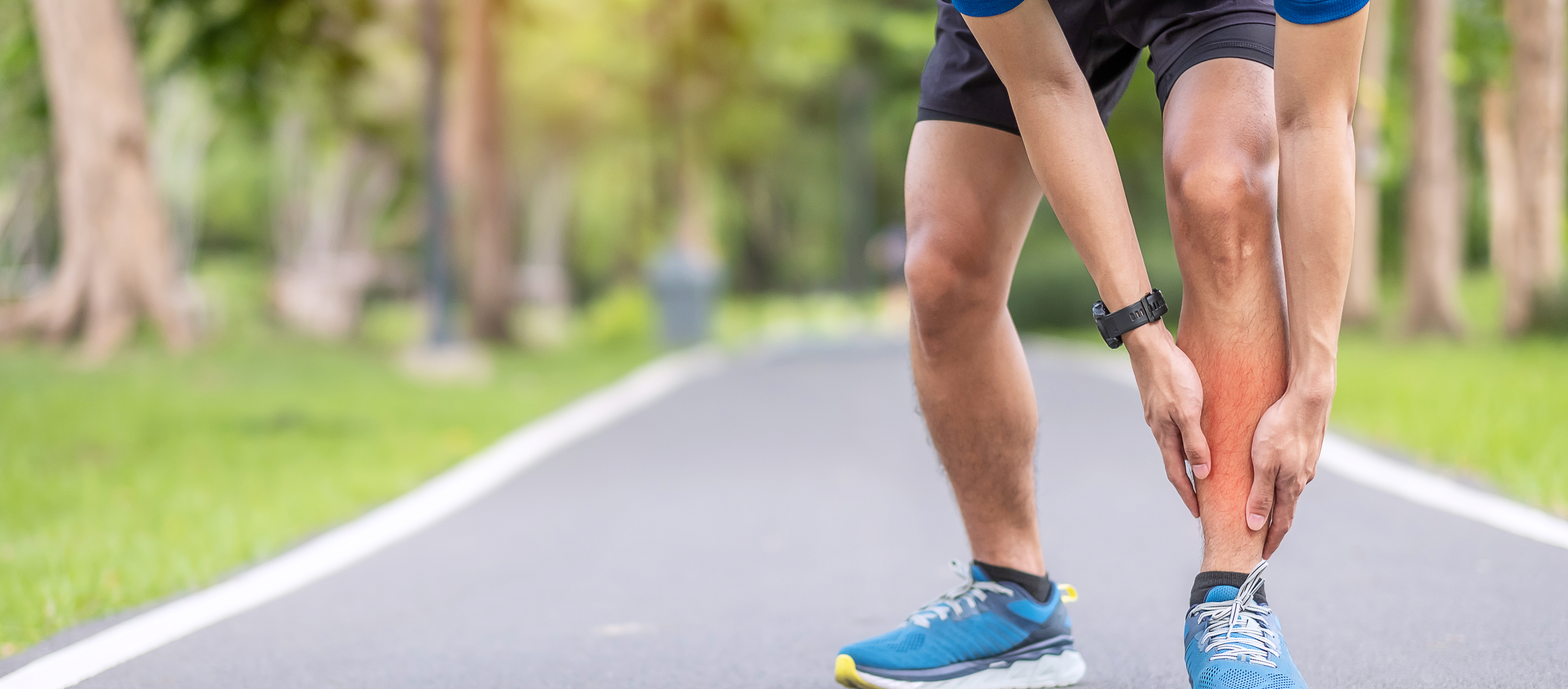
It is important to note that because there is no consensus on the definition of shin splints and it is used as a broad or general term, it is difficult to describe the exact cause. The thoughts around the mechanism of action includes:
It has been noted that risk factors for shin splints include:
Symptoms of shin splints can include pain, tenderness, swelling and inflammation at the front and inside of the leg. Shin splints typically affect one leg, though both can be affected. The pain can be elicited on palpation of the shin bone and often occur after, or even during physical activity. Shin splints may feel worse in the morning, after muscles have tightened when resting overnight. Actions that use the anterior and medial muscles of the leg (front and inside), such as pointing your toes up, especially when the foot is resisted.
Treatment focuses on reducing inflammation, correcting biomechanical issues, and gradually restoring function. Depending on the severity and underlying cause of your shin splints, your treatment may include:
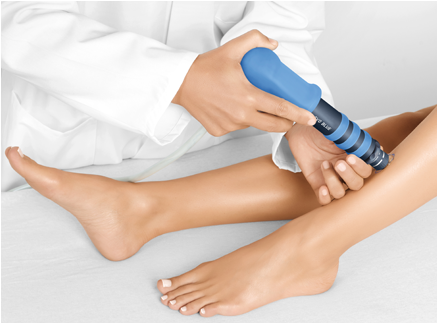
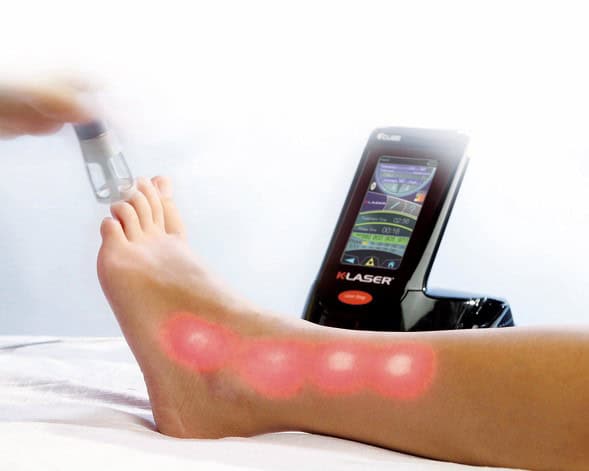
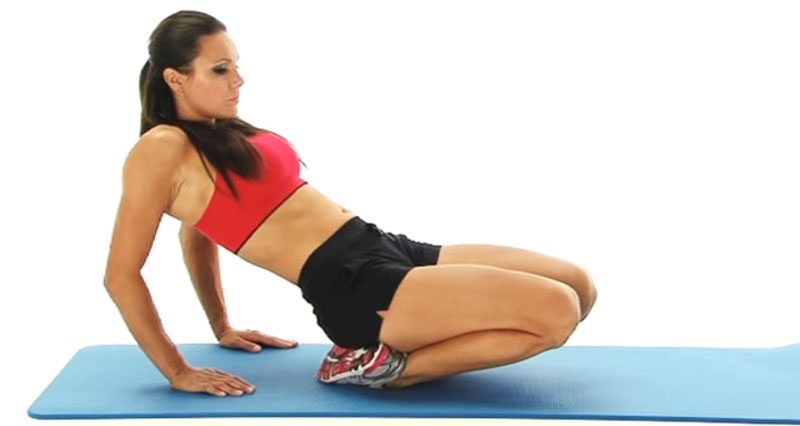
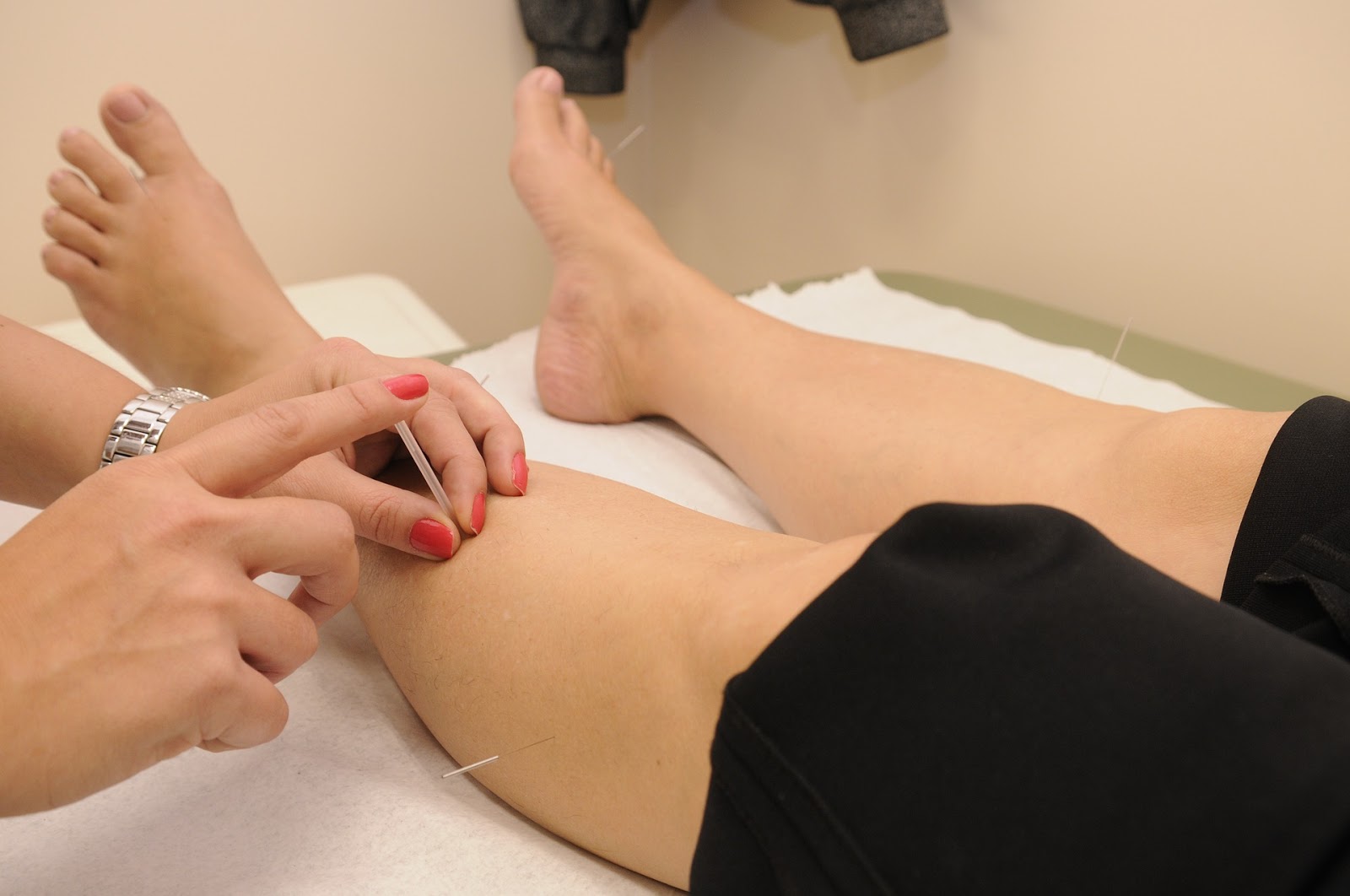
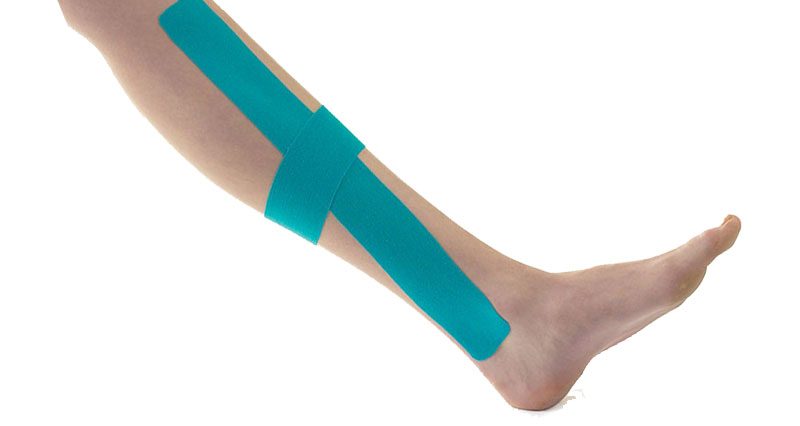

Keeping your family on their feet and helping them to walk, run, play and exceed their goals is why we love getting up in the morning.
Ground Floor, One Health Building
122 Remuera Rd, Remuera
Auckland 1050, New Zealand
| MON - FRI | 7:30am – 6:30pm |
| SAT | 8:30am – 4:30pm |
| SUN | Some availability |
Make an Appointment
Online Schedule
Our virtual receptionist is available 24/7 to help with general questions, booking requests, and clinic information, even when our team is busy, or it's after hours.
Whether you're calling us or using our website, you'll get fast assistance any time of day. And if your query needs a personal touch, a member of our team will follow up as soon as possible.